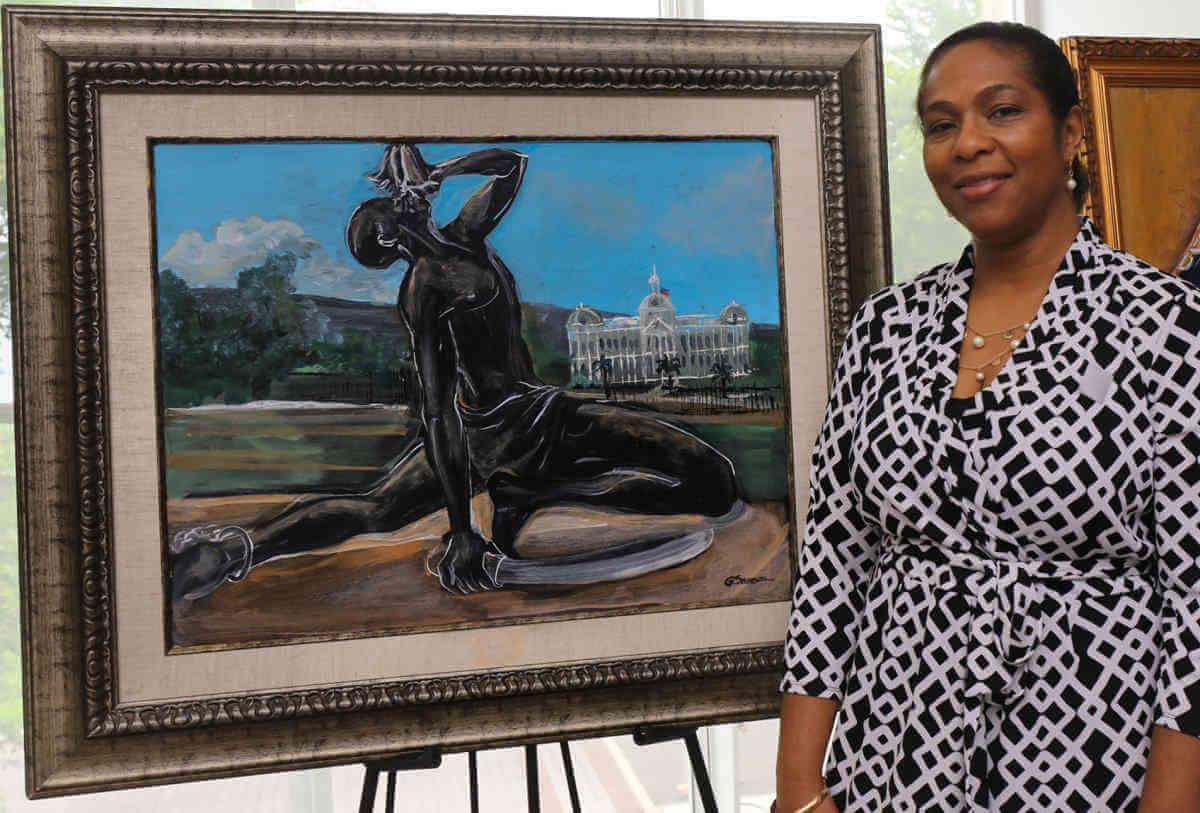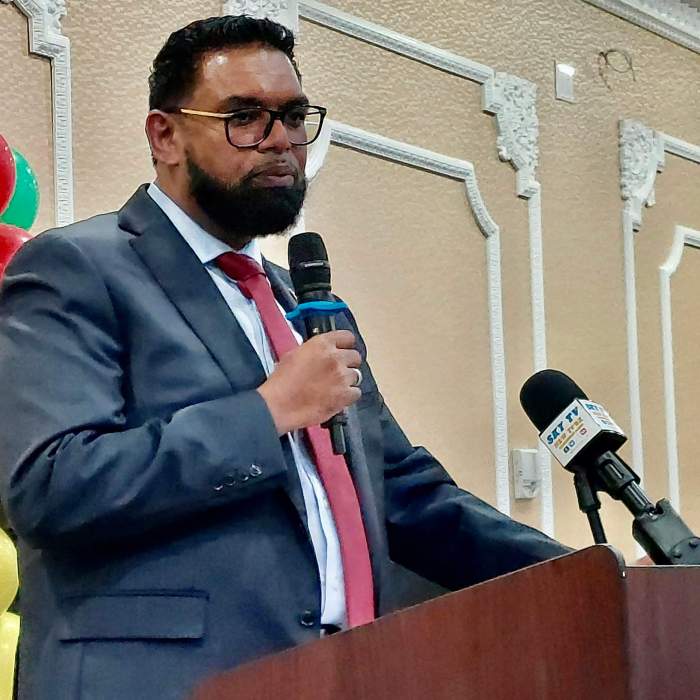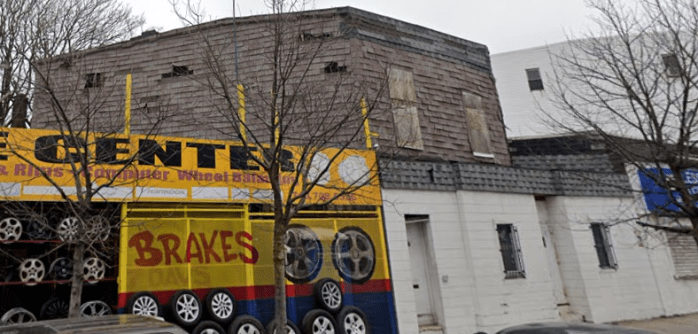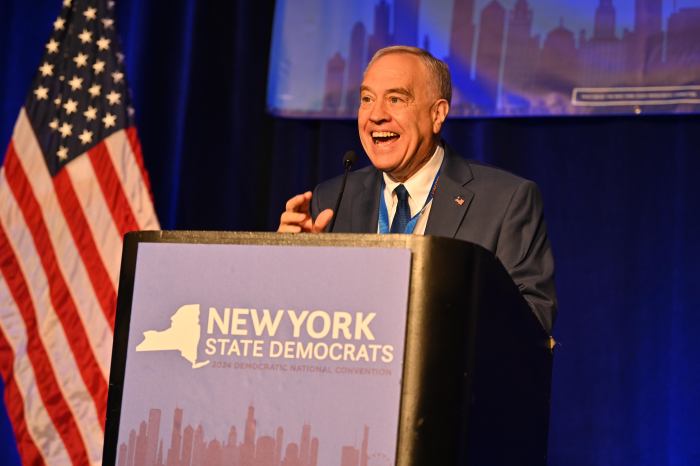The Queens Museum is a vital partner with the Haitian community and hosting topical symposiums is a good example.
Last week’s L’Education du Regard (Educating for Deeper Understanding), an annual event has been held at the museum for more than a decade, initiated by architect and urban planner Etienne Telemaque and later joined in planning by artist Patricia Brintle.
“I handle art and architecture and Etienne handles other content,” says Whitestone resident and painter Brintle, who wrangles other artists to participate, so a mini-exhibition is also part of the symposium.
Brintle expounded on the topics of years’ past — water systems, electricity, transportation, and sanitation. Historic gingerbread houses with World Monument experts participating were a topic one year. The symposiums all add breadth to understanding the issues.
One year, there was a heated discussion on the importance of parks with the focus on Martissant Park; the issue raised: Why put a park in the middle of a slum?
Experts reiterated how putting a park in a “terrible area” breathes air (and life) both literally and metaphorically into its neighborhood. It’s also about saving the environment.
In the case of Martissant Park, situated in the poor, crowded neighborhood of Martissant, there is a medicinal garden, an educational environment center on the premises, and people can get cuttings from the gardeners there.
Peaceful and a conducive environment in the middle of noisy, hectic day-to-day Port-au-Prince streets is where students are also seen on benches and along the paths, books open, intently studying.
“Our audience of Haitians and friends are happy that people care and that there are symposiums about these subjects,” says Brintle as she admits, “For a lot, they’re hearing about a particular issue for the first time.”
This year’s “Le Champs-de-Mars: A Public Sector to be Preserved Absolutely” focused on an area of Port-au-Prince that is a series of downtown parks split by wide boulevards, almost like the Washington Mall in function.
There are also statues of Haiti’s founding fathers: Toussaint Louverture, Jean-Jacques Dessalines on horseback, Alexander Petion, and Henri Christophe, collectively known as Place des Héros de l’Independence (Place of the Heroes of Independence). It is also where the wonderful history museum Musee du Pantheon National Haitien is located and the site of the destroyed-by-earthquake demolished National Palace.
Artist and author George Patrick Gaspard spoke of how in his growing-up years Le Champs de Mars (Chanmas, in Haitian Creole) existed as a Sunday park of walking, congregating, children riding bicycles and breathing fresh air.
Patrick Durandis, Haiti’s Director General of the Institute of Saving the National Patrimony (ISPAN), cancelled at the last minute so the program became a general discussion with attendees of what needs to be done to restore the area to its former stature in Haiti’s urban life. Preservation is not fostered in the population of Haiti, says Brintle, on the need for education in this regard.
Also, during the afternoon, Haitian authors George Patrick Gaspard and Eddy Mesidor, caricaturist Castro Desroches, and poet Janie Bogart sold and signed their books.





















